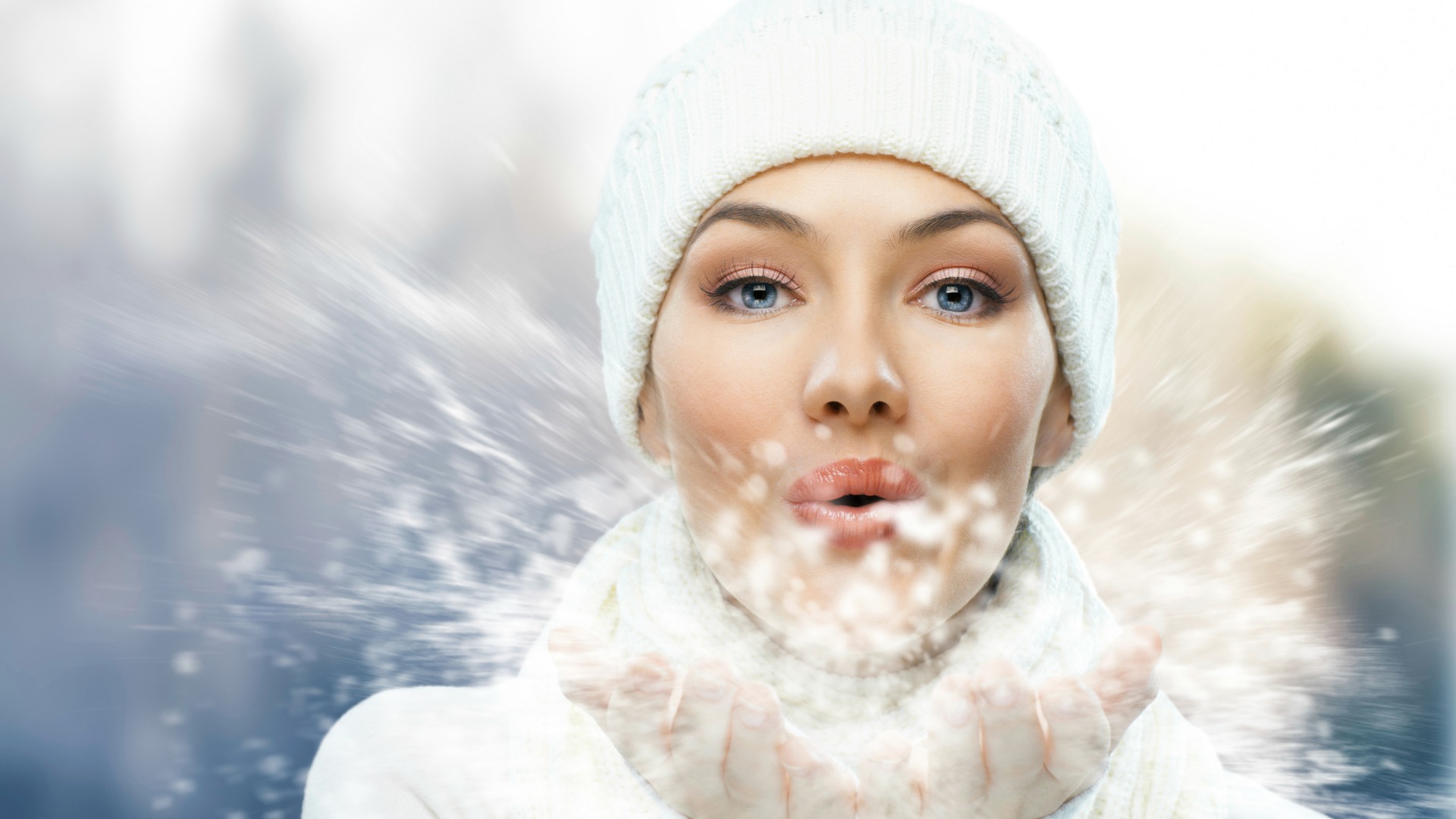Learn how to combat dryness, protect against the cold, and nourish your skin and hair for a radiant look all season long.
Winter can be hard on your skin and hair. The cold air and indoor heating can dry it and make it look lifeless. Some winter beauty essentials in this regard can help you maintain the health of your radiant skin and hair during the colder months. This guide will help you understand how to protect and nourish your skin and hair. Hydrate your skin.
One of the things you need to remember is that your skin dries up very quickly in cold temperatures. Therefore, to begin with, use a rich, moisturizing cream. Look for the presence of ingredients in the cream, such as hyaluronic acid and glycerin. They help to retain moisture in your skin and thus keep it soft and supple. Apply this cream to your skin twice every day: once in the morning and once at bedtime.
Clean your skin gently
In winter, your skin tends to be more sensitive. Use a gentle cleanser that will moisturize your skin without stripping the mild, oily layer. Avoid strong soaps or cleansers with alcohol. Wash your face with a soothing formulation that contains ingredients like aloe or chamomile. Use a gentle cleanser to wash your face a couple of times every day to keep your skin free from makeup and dirt.
Exfoliate Wisely
Exfoliation is important, although not over exfoliation. Too much scrubbing may lead to irritation of the skin, especially during the winter period. Exfoliate once a week using mild exfoliators to get rid of dead skin cells and provide room for a healthy, nice glow. Look out for products that contain gentle exfoliating agents, such as alpha-hydroxy acid or beta-hydroxy acid.
Keep Your Lips Moisturized
Chapped lips are a common problem in winter. Use a moisturizing lip balm to keep your lips soft and smooth; look for balms with natural oils, such as coconut oil or shea butter. Apply it frequently, particularly before going out and going to bed.
Stay Hydrated from the Inside
As far as skin care and hair care are concerned, you must drink ample water to keep your skin and hair parts in good health. Make it a point to drink at least eight glasses of water every day, even in the winter season. Hydrating helps to balance your body and will also help to support the skin’s elasticity and moisture levels.
When outside, protect your skin from biting winds and low temperatures. Wrap a scarf around your neck and face. Use gloves to protect your hands from the cold while also keeping them moist. Don’t forget sunscreen in the winter. The winter rays can still damage your skin, so apply broad-spectrum sunscreen with at least SPF 30.
For healthy hair
Winter can be just as rough on your hair. The dry, hot air emitted from indoor heating can suck moisture out of your locks and make them brittle. Use a moisturizing shampoo and conditioner to keep your hair hydrated. Keep an eye out for products that are nourishing with ingredients like argan oil or keratin.
Deep condition regularly
A deep conditioning treatment should be done every week to re-inject moisture and shine back into the hair. One should use a deep conditioning mask or treatment at least once a week. It should be applied to damp hair, left for its prescribed time, and rinsed off properly. This will help fight dry hair and maintain healthy hair.
Prevent the application of heating appliances to the hair
Heat styling products, such as blow dryers and straighteners, could further dry out the hair during the winter. It is recommended that blow dryers and any other heat appliances be avoided with the maximum effort. Spray a heat-protectant spray on your hair if you intend to use heat appliances. Allow your hair to air dry when you have the time, since this will save your hair greatly from heat.
For instance, indoor heating dries the air, causing dehydration of the skin and hair. A humidifier introduces the necessary moisture content into the air needed for one’s skin and hair. Set a humidifier in the room or place where there is more traffic, such as a bedroom or a living room.
Winter clothes sometimes rub against your skin. Wear eco-friendly, natural fabrics such as cotton and wool. These cause less friction and, hence, will not scratch your skin as the synthetic fibers do. Do not put on scratchy or harsh fabrics against your skin. This will prevent dryness and irritation.
Eat a well-balanced diet.
What you eat reflects on your skin and hair. Include a lot of fruits, vegetables, and healthy fats in your diet. Foods rich in vitamins A, C, and E are very good for your skin and hair. Fish, nuts, and seeds are excellent sources of omega-3 fatty acids that can promote healthy skin and hair.
Exercise Regularly
Apart from this, exercise is good for the overall well-being of an individual—it is good even for the skin and hair. It improves blood flow, which facilitates the delivery of necessary elements to the skin and scalp. Try to get 30 minutes of exercise most days of the week.
Self-Care
Lastly, take time for yourself. Winter can be busy and exhausting, so give yourself a rest. Spend some time reading a book, taking a relaxing bath, or meditating.
The key to winter skin and hair care is about hydration, the right products, and protection against the cold. Look at these winter beauty must-haves and face them with confidence.

